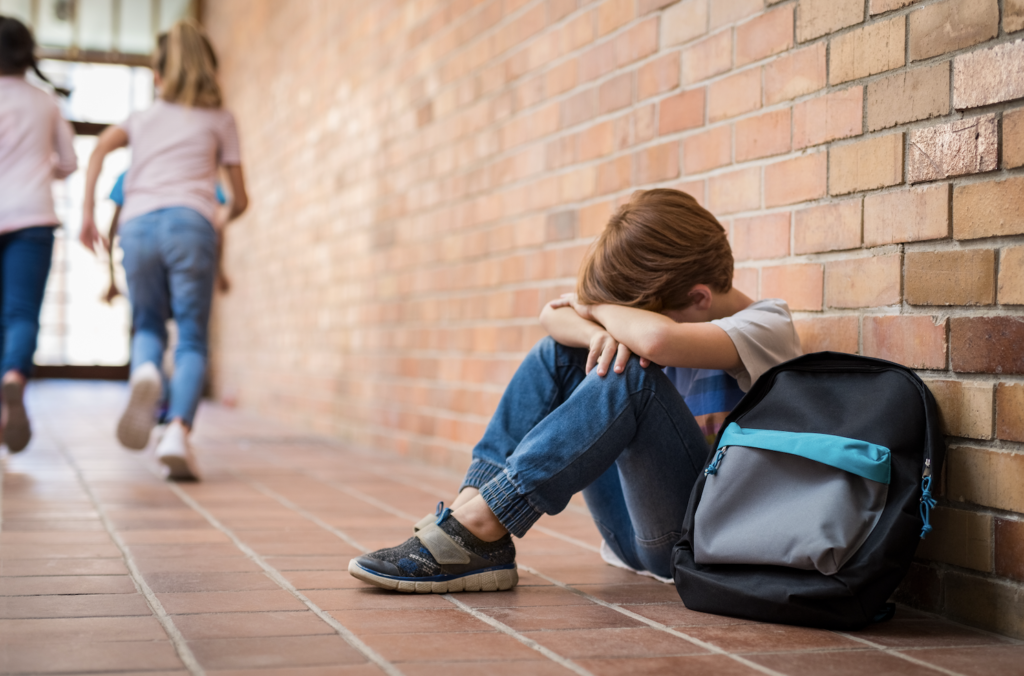It’s something that no parent ever wants to go through — your child being bullied. But it’s estimated that 20% of students ages 12-18 have experienced bullying nationwide, according to StopBullying.gov. That’s why it’s important to understand the signs of bullying in case it ever happens to your child…or worse, your kid is the one doing the bullying. Author Steve Breakstone offers insight into why bullying happens, how to empower children to stop bullies, and more in his book, How To Stop Bullying and Social Aggression.
Bullying is such a hot topic right now.
It is. It’s a topic that never goes away. Especially since Columbine ten years ago; something will happen where it keeps coming back to the forefront. Schools realize that it’s a serious issue and that it affects all segments of society.
Do you think that bullying will ever go away?
Humans have a capacity for aggressiveness, but we have a tremendous capacity for love and compassion. We have to be proactive in teaching people good social behavior. We have to give them alternative behaviors to express themselves in a pro social way. That way, you don’t raise yourself by putting someone else down. You’ll know how to respond and build resilience, so if you’re 15, you’re not bullied by a boyfriend or girlfriend, or if you’re older, by a spouse or someone in the workplace.
Isn’t it true that the bully is or was usually a bullied child himself?
Yes, that is true. That’s what they know so they just perpetuate it. It’s a part of the human condition but a part of social evolution is that we are slowly working past it. We’re working past sexism and racism, and we will hopefully work past bullying, too. That’s why my book teaches alternative behavior, so people who bully can learn how to be assertive in a respectful way. It’s a tough skill to master.
Let’s talk about your book, How to Stop Bullying and Social Aggression.
The book is based on the classes I taught with a partner. We would teach kids for ten weeks in an interactive way. We would teach them what respect is. You remove the assumption that everyone knows what respect is. We make no assumptions. We’re going to make sure that all the adults and kids have the same definition so they are on the same page, and that it’s within the realm of the way children think. We want children to teach each other what they think is nice, caring, respectful behavior and then the teacher has to round it out a bit. It’s peer-influenced — positive peer pressure — but we make sure that we guide. How do you resolve a problem peacefully? How do you work it out? The students don’t know how to do that. So we practice it without emotion, like we practice basketball. Learn how to calm yourself down, so you don’t wait until you actually have the emotion, and then it will be harder. The kids have a great time role-playing. Then I’ll ask, “How do you take a deep breath and take one step back?” They are physically reminded to take a deep breath and we teach them how to breathe in. They realize that the calmer they are, the better they can express their feelings.
Which is more common, physical or emotional bullying?
Interestingly, physical bullying in the least common. The more common form of bullying is social aggression. We teach the skills to kids how to deal with it. That’s what the book is about; to inform and empower kids, whether they’re the bully or being bullied. Because everyone has the potential to be both.
You’re making the kids self-aware.
Right. You don’t ignore the emotion but you learn how to remain calm and pause. You ask yourself, “Is this within the values of my family, my religion, or culture?” It’s better to learn these rules as a child because what you learn as a kid you will use when you are an adult. It’s an important life skill. These are social skills you need to know, and will always need to know. My expertise is in behavior management and modification. I’m teaching what I’ve learned about. When people are nice to each other, everybody’s happier. And I personally like being happy.



